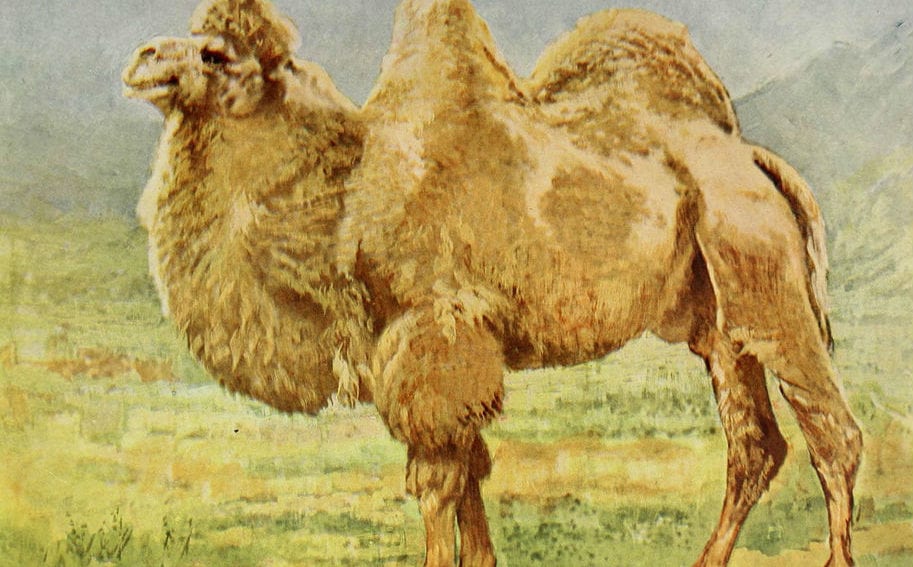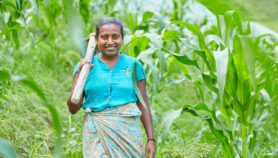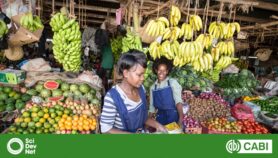Send to a friend
The details you provide on this page will not be used to send unsolicited email, and will not be sold to a 3rd party. See privacy policy.
[RENNES, FRANCE] More research on camel milk is needed to develop potentially valuable dairy products for marginalised communities in desert regions, experts have said.
A staple in the diets of many nomads in Africa and Asia, camel milk has been “neglected” by Western research, resulting in the under-development of one of the few foods that can be produced in harsh, desert conditions, according to Bernard Faye, a camel milk expert with the French agricultural research institute CIRAD.
He was speaking at a meeting on milk’s development potential, held in France last month (21-23 May).
Of the 10,000 studies published on milk each year, only about ten are devoted to camel milk, estimated Faye. He added that little is known about the proteins in camel milk — which are structurally different from those in other milks — and consequently methods to preserve it.
Unlike cow milk, whose shelf life is extended from weeks to months by sterilising it using ultra-high temperature (UHT) treatment, a similar process has yet to be found for camel milk, said Faye.
“UHT milk would enable processing plants to accept all the milk that herders can supply.”
Nancy Abeiderrahmane, Tiviski
The lack of UHT camel milk means that camel herders in the Sahel region of Africa have milk surpluses during the wet season and shortages during the dry season, said Nancy Abeiderrahmane, whose Mauritania-based dairy Tiviski sources milk from local nomadic groups.
In a research partnership with CIRAD and the UN Food and Agriculture Organization (FAO), Abeiderrahmane initially attempted to deal with milk surpluses by developing the first cheese from camel milk, a process complicated by the lack of coagulating proteins in the milk.
But the product has proved unpopular in Mauritania, where cheese is not traditionally eaten, she said.
Instead, she added, UHT milk would be the ideal way to deal with seasonal “gluts”.
“UHT milk would enable processing plants to accept all the milk that herders can supply,” Abeiderrahmane said. “The milk would fill market gaps during leaner periods and the surplus could be exported, allowing for expanded production.”
While UHT camel milk would be an “important economic asset for the Sahel”, it is impossible for a medium-sized dairy such as hers to undertake research without support from larger funding institutions, she said. She called on the FAO to spearhead research efforts.
But Anthony Bennett, the FAO’s livestock industry officer, said firms should take the lead in developing new technologies when there is “market potential”.
“We see our role as identifying the potential for these different kinds of milk and then working with our R&D partners to encourage investments in those areas,” he said.
National research institutes should also play more of a role, added Faye, noting that research could be advanced through greater coordination between the “very atomised” existing research initiatives on camel milk.
Such research would ultimately help highlight nomadic people’s importance to regional food chains, said Abeiderrahmane.
“There are resources in deserts. You can make meat and milk, but the only way to do it is by moving around,” she said. “Economically, nomads make sense, but it’s a very tough lifestyle and they should be supported. Countries should acknowledge their importance in producing wealth.”














